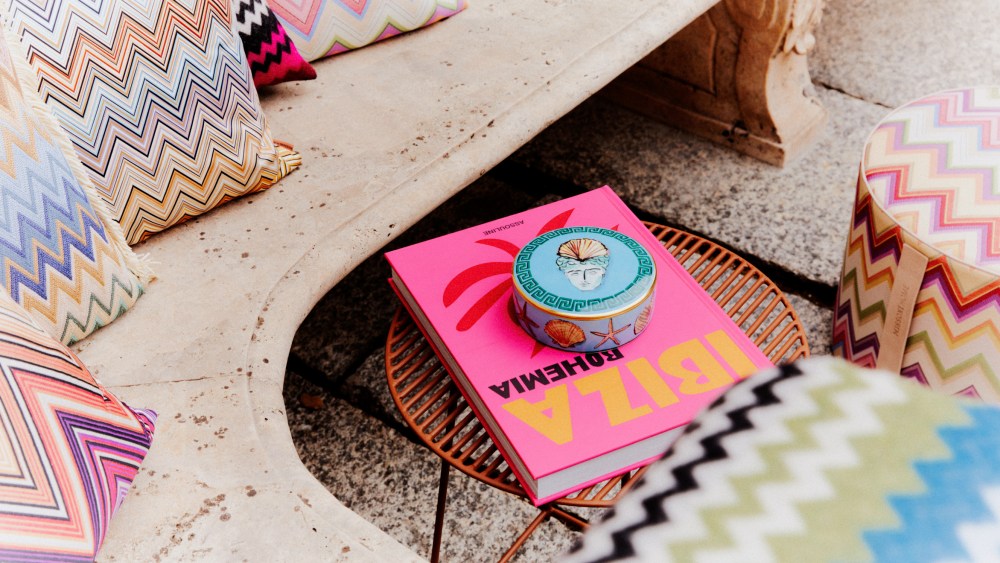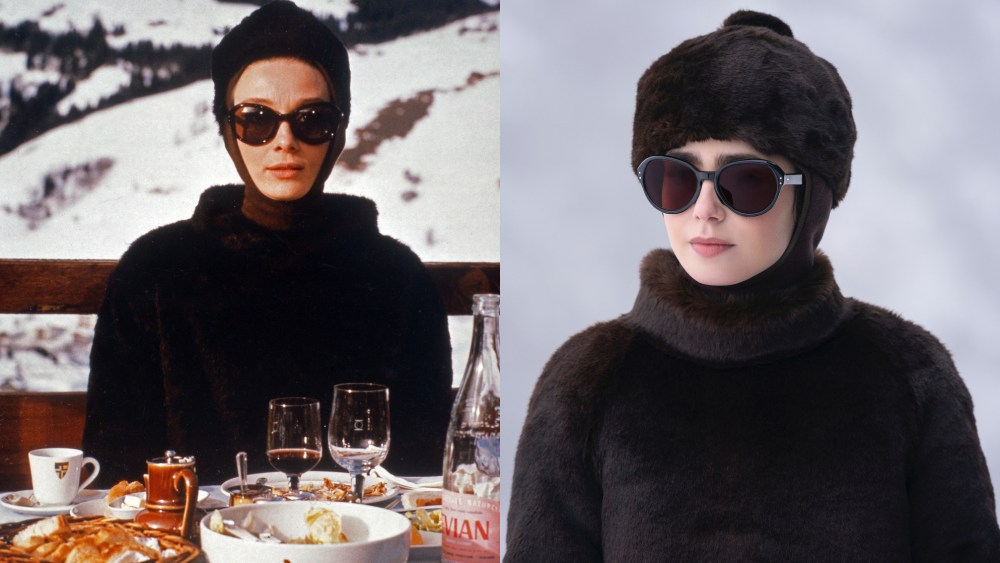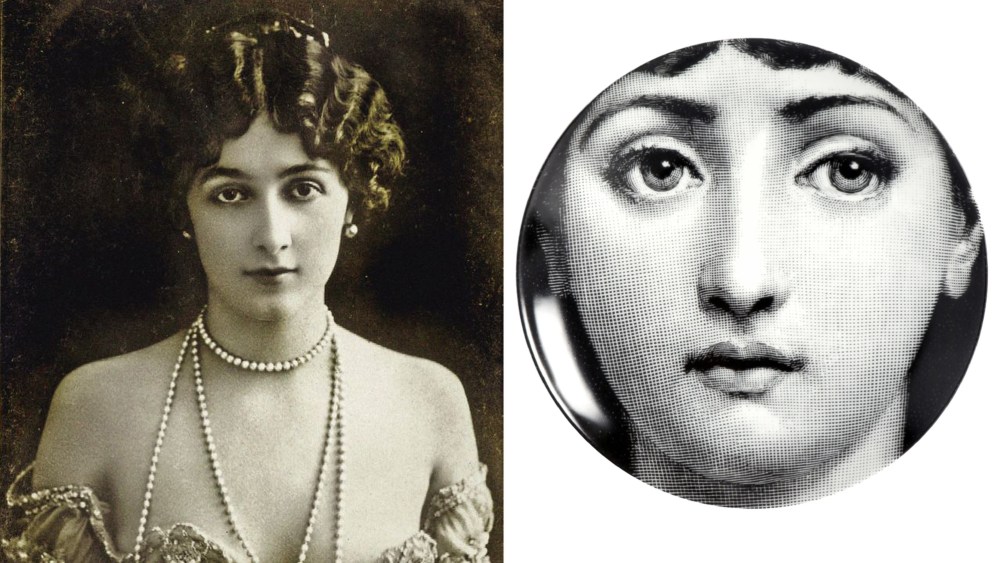Asian beauty brands, trends and practices may already feel ultra-prominent, but they’re only getting bigger.
The Asian beauty movement, which is generally defined by three region-specific subcategories: K-beauty (Korean beauty), C-beauty (Chinese beauty) and J-beauty (Japanese beauty), is gaining increasing global acclaim, simultaneously influencing ingredient and formula trends across the industry.
“Asian brands have made their way from TikTok to people’s bathroom shelves to the top of Amazon’s bestseller charts,” said Andrea Fetzer, vice president, strategy at Chalhoub Group, at the 2025 WWD Global Fashion & Beauty Summit in Riyadh.
Related Articles
While there are specific trends within the movement — for instance, cleansing oils and glass skin — Fetzer emphasized that these frontiers of Asian beauty themselves are more than trends.
“Previously when we talked about Asian beauty, the [conversation] was that of a wave in which brands come and go. What we’re seeing today is that these brands are going global — they’re evaluating their retail strategies, evolving their positioning and how they speak to customers,” she said.
In the GCC (Gulf Cooperation Council) region, which is composed of six Middle Eastern countries including Saudi Arabia, Bahrain, Kuwait and more, the Asian beauty market grew at a 26 percent compound annual growth rate between 2022 and 2024, greater than the 15 percent growth seen in Western markets during the same period.
With that being said, Asian beauty’s penetration in the GCC market is only 3 percent, versus 8 percent globally, indicating more room for growth in the Middle East.
Presently, “this growth is coming from skin care,” Fetzer said, adding that K-beauty is the greatest driver of this skin care momentum. C-beauty’s influence is strongest in color cosmetics, though it is responsible for some skin care growth, too, while J-beauty growth is more evenly balanced across skin, makeup and hair care.
There are several country-specific trends of note. In Saudi Arabia, makeup sales comprise one-third of the Asian beauty market, outpacing others in the GCC region, where skin care otherwise dominates across the board.
As far as how Asian beauty brands successfully go global, “for K-beauty, it’s all about innovation in product formulation — think jelly textures, fermented ingredients, youth-driven marketing,” said Fetzer. “J-beauty is very different; it’s more refined. It’s where tradition meets high-end; trust-building happens offline instead of online, and the customer is slightly more sophisticated, middle-aged…price positioning is on the higher side.
“In C-beauty, everything is about speed and scale. These are brands that are born in e-commerce and are really just looking for the next trend. Social commerce has a huge impact, their consumer is results-oriented, in their early 20s and can’t wait to see the next trend.”
While 10-plus-step skin care routines have long dominated in Asian markets, there is a shift toward more hybrid products, Fetzer said, which aligns well with the average Saudi Arabia-based consumer’s skin care routine, which hovers around an average 4.8 products.
Increasingly, Gen Z consumers in the GCC region are integrating K-beauty brands into their routines, with Chalhoub Group finding three K-beauty brands — Beauty of Joseon, Mixsoon and Laneige — ranking among the cohort’s top 10 favorites.
“There is super high awareness for these products, and it’s also translating to purchase intent,” Fetzer said, adding, “The GCC is a very fruitful region for Asian beauty.”



